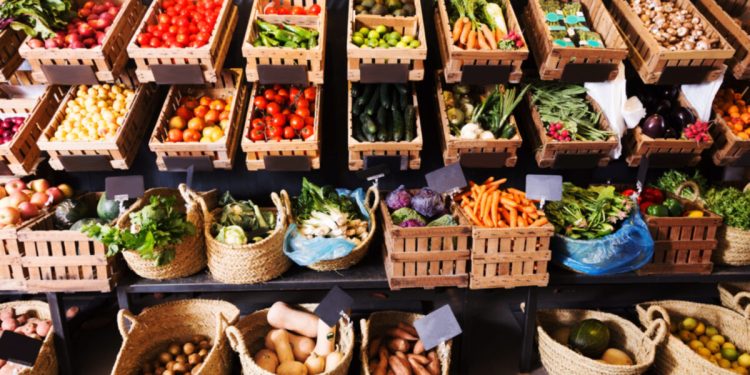#UlyanovskState #foodprices #markettrends #costfluctuations #pricemonitoring
UlyanovskState has released the latest findings from its daily monitoring of food prices, revealing notable developments in the cost of various products. This article highlights the changes observed on June 13th, emphasizing the decrease in prices for cabbage, cucumbers, tomatoes, and bananas, while also noting the increase in prices for potatoes, onions, beets, carrots, and apples. Explore the implications of these fluctuations and their potential consequences.
UlyanovskState, the authoritative source for statistical data in Ulyanovsk, has recently published the results of its ongoing daily monitoring of food prices. This monitoring serves as a crucial tool for tracking market trends and providing valuable insights into the cost of essential products.
On June 13th, the monitoring data revealed noteworthy changes in the prices of several food items. The price of white cabbage experienced a significant decrease of 7.7%, reaching 61.50 rubles per kilogram. Cucumbers followed suit with a reduction of 2.3% and were priced at 93.72 rubles per kilogram. Tomatoes also saw a decrease of 3.7%, resulting in a cost of 128.56 rubles per kilogram. Additionally, bananas became more affordable, with a decrease of 6.7%, bringing their price down to 97.25 rubles per kilogram.
However, alongside these price reductions, there were notable increases in the cost of other essential food items. Over the course of one week, potato prices rose by 2.5%, reaching 25.37 rubles. Onions experienced a moderate increase of 0.9%, amounting to 67.77 rubles. Beets saw a significant surge of 9%, reaching 39.87 rubles, while carrots increased by 2.2% and were priced at 55.71 rubles. Apples had the most substantial rise, with a 5.7% increase, reaching 105.50 rubles.
The fluctuations in food prices can have significant consequences for both consumers and producers. The decrease in prices for cabbage, cucumbers, tomatoes, and bananas may provide some relief for consumers, allowing them to purchase these items at more affordable rates. This reduction in cost could positively impact household budgets, offering greater access to nutritious options and potentially leading to increased consumption.
On the other hand, the price increases observed for potatoes, onions, beets, carrots, and apples may pose challenges for consumers. Rising costs of these staple foods could strain budgets and limit choices, potentially resulting in changes in consumption patterns or reduced purchasing power.
For producers, these fluctuations may impact profitability and supply. While lower prices for certain products might reduce revenue, increased prices for others could present opportunities for higher profits. Farmers and distributors will need to adapt to these market shifts, considering factors such as demand, availability, and consumer preferences.
UlyanovskState’s daily monitoring of food prices provides valuable insights into the fluctuations within the market. The decrease in prices for cabbage, cucumbers, tomatoes, and bananas, alongside the increase in prices for potatoes, onions, beets, carrots, and apples, signifies notable developments. These fluctuations have both positive and negative consequences for consumers and producers, underscoring the importance of staying informed about market trends and making informed decisions.































